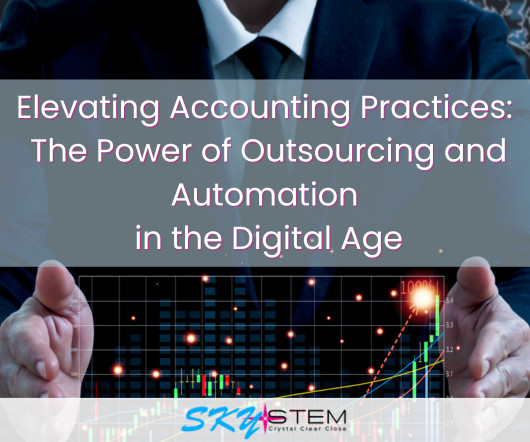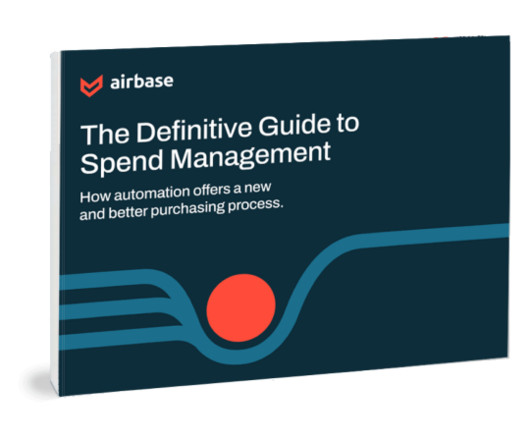How to calculate cost per unit
Accounting Tools
APRIL 29, 2023
Related Courses Cost Accounting Fundamentals Cost per unit information is needed in order to set prices high enough to generate a profit. The cost per unit is derived from the variable costs and fixed costs incurred by a production process, divided by the number of units produced. Variable costs, such as direct materials , vary roughly in proportion to the number of units produced, though this cost should decline somewhat as unit volumes increase, due to greater volume discounts.




























Let's personalize your content